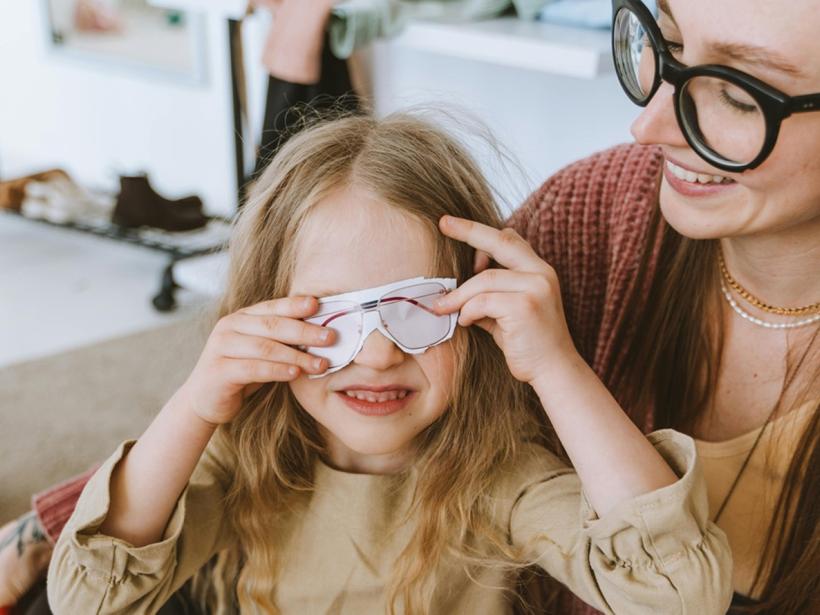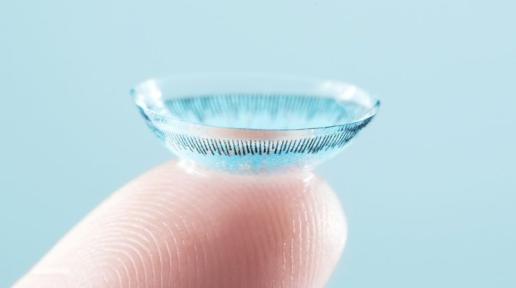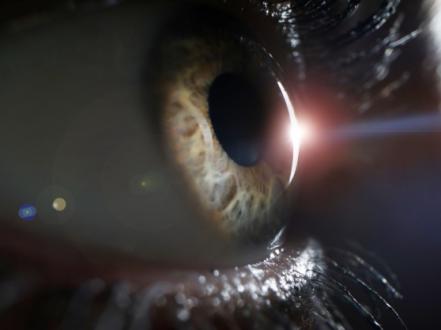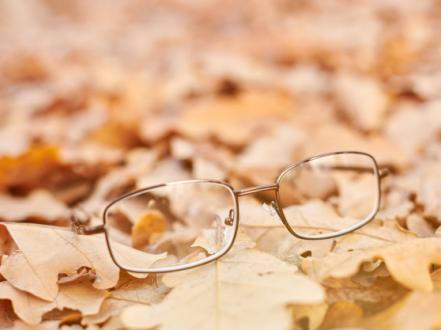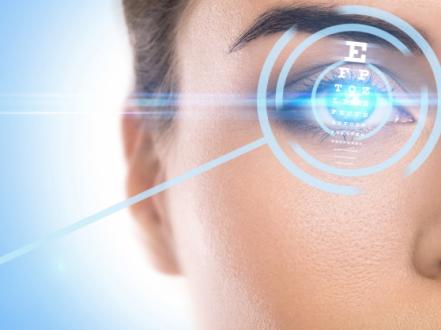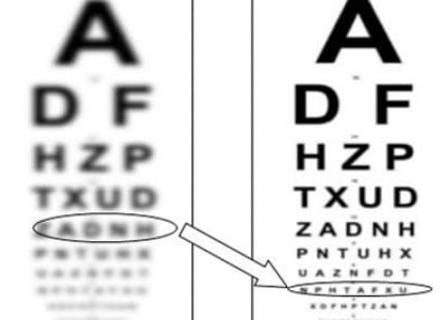Everybody might suffer from the common yet unpleasant condition called styes. Little, bulging pimples develop along the eyelid when oil glands are obstructed or polluted by bacteria. Though they can seem like little annoyances, untreated styes can cause pain, redness, and even problems with vision. Given their frequency, knowing what causes a stye in your eye is very essential for both prevention and management of them. Learning the reasons and treatment choices is crucial when you search for professional assistance. Keep in mind that with the help of the best eye doctors catalog, you can create a smart curing scheme.
Characteristics of Eye Styes
Medically called a stye, a hordeolum is an eyelid oil gland infection or inflammation. It comes in two varieties:
External stye: Found near the base of an eyelash, affected individuals can notice a red, swollen lump packed with pus. Often soft to the touch, it may irritate or create a burning feeling.
Internal stye: An inflamed oil gland causes an internal stye within the eyelid. Though less obvious, its position beneath the eyelid makes it more painful than an outward stye.
A stye on the eye can cause swelling, redness, sensitivity to light, too much tearing, and a swollen eyelid that would make blinking difficult. Your eye might also feel gritty as if something is caught beneath your eyelid.
One must pay great attention to early warning signals. Experts from the vetted platform healthline.com claim that although styes are not often severe, if they linger they may cause discomfort and call for treatment. Untreated, they might cause more serious infections or even temporarily impair eyesight.
What Causes an Eye Stye?
Usually Staphylococcus aureus, a stye results from bacterial infection of an oil gland on the eyelid. Still, some unanticipated events might raise your risk. These are some of the less well-known sources:
- Bad Cleanliness. Ignoring to wash your hands before touching your face or rubbing your eyes might spread germs and cause diseases. Additionally hiding germs that help stye growth include dirty towels, pillows, and cosmetics brushes.
- Beauty Products and Contact Lenses. Particularly eye makeup expired or infected cosmetics could bring germs into the oil glands. Likewise, using contact lenses without enough washing could cause infections and blocked glands. Another main concern is sleeping with eye makeup on as it may trap trash and germs along the lash line.
- Underlying Medical Problems. Because of decreased eye health and increased risk of bacterial accumulation, those with disorders such as cataracts, diabetes, or blepharitis—chronic eyelid inflammation—are more likely to have styes. Furthermore, the issue is more likely to recur in those with compromised immune systems as they find it difficult to fight off infections.
Other contributing elements include stress, air pollution, and too much eye rubbing which can compromise the immune system and increase the likelihood of an infection.
Progression of the Issue
Starting as moderate pain and then progressively becoming more obvious, a stye develops in phases. Usually, the initial symptoms are discomfort, redness, and eyelid swelling. A little bulge develops within a day or two and could get pus. The stye's surrounding region could swell more as the infection advances, leading to light sensitivity and more than normal tearing. Additionally, some individuals could have itching or a feeling of warmth around the impacted region. The stye could drain spontaneously when it reaches its height, releasing pus and thereby lowering swelling.
Eye Stye Therapy and Remedies
While most styes go away on their own in a few days, there are numerous eye stye remedies that could hasten healing and ease pain. Multiple times a day, a warm compress applied to the impacted eyelid will help soften the blocked gland, promote drainage, and ease swelling. Using a gentle solution—such as diluted baby shampoo or tea tree oil—gentle cleaning of the eyelids helps eliminate germs and stop further inflammation.
Additionally used to stop bacterial development and encourage speedier healing are over-the-counter antibiotics ointments. While the stye is healing, it is important to refrain from using contact lenses or cosmetics because they might aggravate recovery by bringing additional germs. Maintaining proper eyelid hygiene and being aware of everyday routines can help greatly lower the chance of future episodes.
When to See a Doctor
Although most styes go away without medical help, expert eye stye treatment is required. Seeking medical assistance is advised if a stye gets especially big, does not go away in ten days, or affects eyesight. For ongoing illnesses, a doctor could write an antibiotic ointment prescription or an oral prescription. Sometimes a modest surgical operation is required to drain a stye that does not heal on its own.
An underlying eye illness, like chronic blepharitis, which calls for specific treatment, might show up as recurrent styes. Those who have regular styes should see an ophthalmologist for a comprehensive assessment and long-term preventative advice.
Preventing and treating this frequent disorder depends on knowing what causes a stye in your eye. Although most instances go away without problems, it's crucial to know when to ask questions to a doctor. See an expert using a clinics catalog to provide the finest treatment choices if professional care is required. Good hygienic procedures and awareness of everyday routines help significantly reduce the chance of development.
